16 Pulitzer Prize-Winning Photos That Shocked The World
Dead Japanese soldiers lay scattered around a blasted Japanese pillbox at Tarawa Island in the South Pacific on November 11, 1943 during World War II. A bloody battle ensued after the U.S. Marines invaded the Japanese occupied atoll. This photo by Frank Filan won the Pulitzer Prize in 1944.

This iconic photo that won Joe Rosenthal the Prize in 1945 depicts U.S. Marines of the 28th Regiment, 5th Division, raising the American flag atop Mt. Suribachi, Iwo Jima, on February 23, 1945. Strategically located only 660 miles from Tokyo, the Pacific island became the site of one of the bloodiest, most famous battles of World War II against Japan.
In this photo by Max Desfor that won the Prize in 1951, residents from Pyongyang, North Korea, and refugees from other areas crawl perilously over shattered girders of the city's bridge as they flee south across the Taedong River to escape the advance of Chinese Communist troops.

This photo, taken by Horst Faas, shows a father as he holds the body of his child as South Vietnamese Army Rangers look down from their armored vehicle March 19, 1964. The child was killed as government forces pursued guerrillas into a village near the Cambodian border. It won Faas the Pulitzer Prize for Photography in 1965.
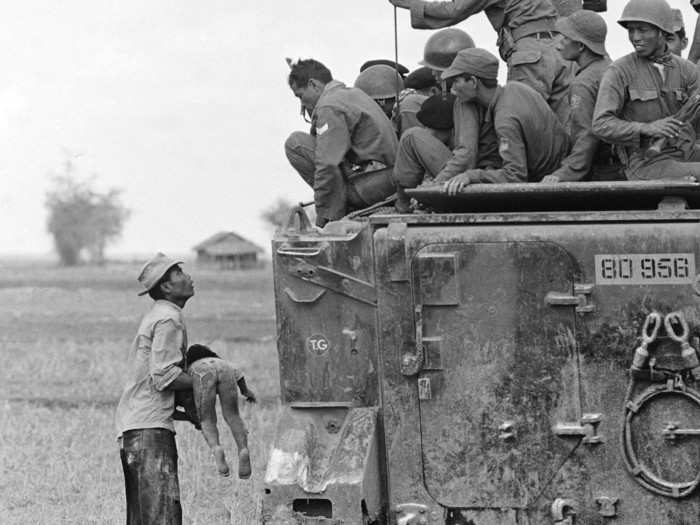
In this photo, which won in 1967, civil rights activist James Meredith grimaces in pain as he pulls himself across Highway 51 after being shot in Hernando, Mississippi, in the summer of 1966. Meredith was leading the March Against Fear to encourage African Americans to vote when he was shot. He completed the march from Memphis to Jackson, Mississippi, after his wounds were treated. The photo was taken by Jack Thornell.
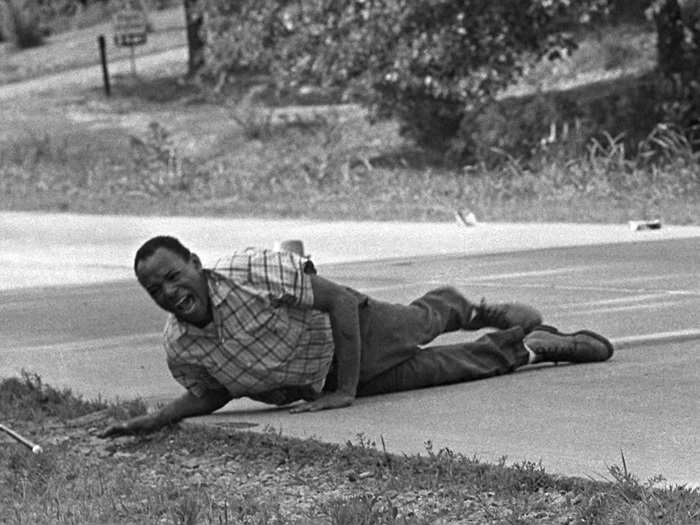
This picture that won legendary photojournalist Eddie Adams the Pulitzer Prize in 1969 depicts South Vietnamese Gen. Nguyen Ngoc Loan, chief of the national police, as he fires his pistol, shooting and killing suspected Viet Cong officer Nguyen Van Lem (also known as Bay Lop) on a Saigon street in 1968, early in the Tet Offensive.
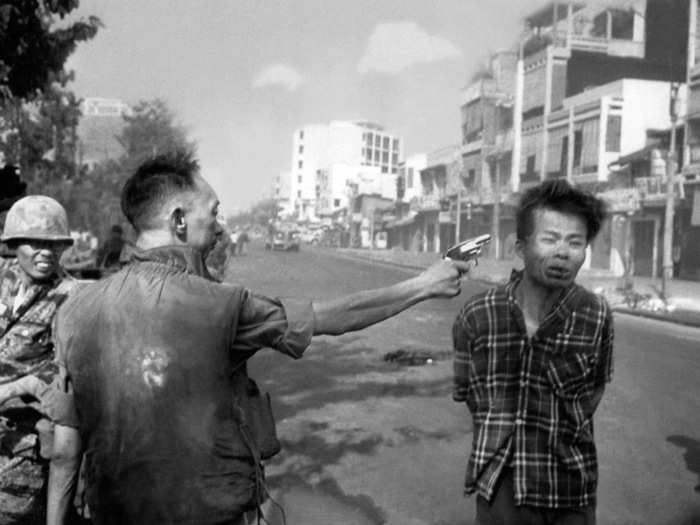
This photo, taken by Neal Ulevich in 1976, shows a member of a Thai political faction striking at the lifeless body of a hanged student outside Thammasat University in Bangkok. Police stormed the university after students demanded expulsion of a former military ruler and barricaded themselves in the school. The picture won the Pulitzer Prize in 1977.
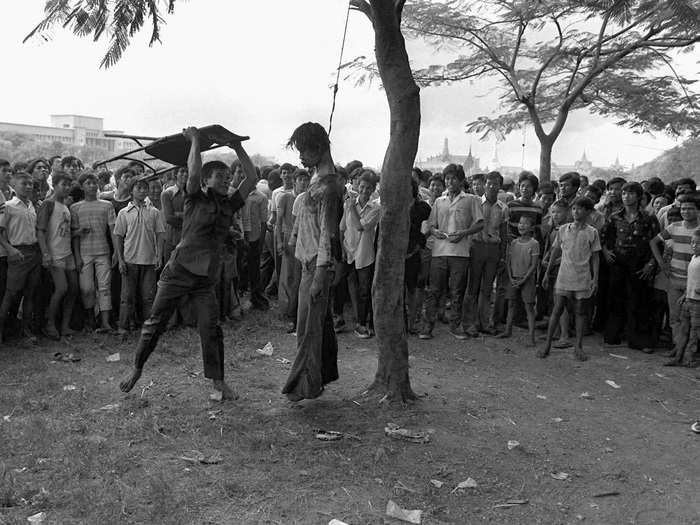
South Vietnamese forces follow after frightened children, including 9-year-old Kim Phuc, center, as they run down a road, after a South Vietnamese plane accidentally dropped flaming napalm on its own troops and civilians. The terrified girl had ripped off her burning clothes while fleeing. This photo, taken by Vietnamese-born war photographer Nick Ut, won the Prize in 1973.
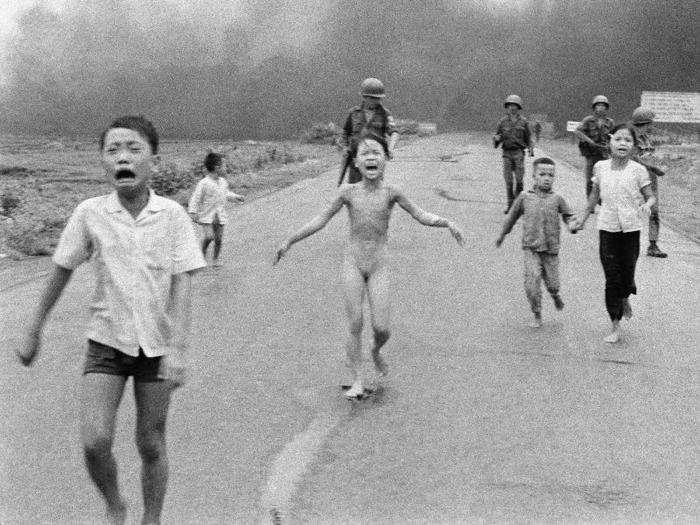
This photo, taken by Ron Edmonds in 1981, shows Secret Service agent Timothy J. McCarthy, foreground, Washington policeman, Thomas K. Delehanty, center, and presidential press secretary James Brady, background, laying wounded on a street outside a Washington hotel after shots were fired by John Hinckley, Jr., who pushed a pistol through a cluster of bystanders and fired six shots at President Ronald Reagan. Brady, who was permanently disabled due to the attack and later became a gun control advocate, passed away earlier this month at the age of 73.
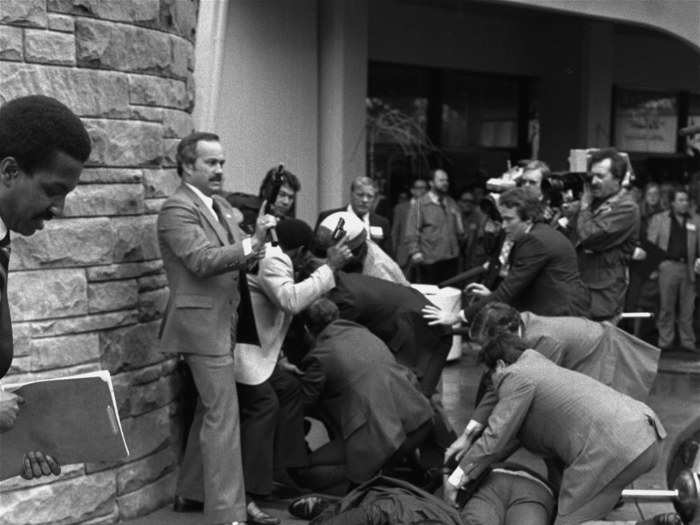
This photo taken by Jean-Marc Bouju in 1994, shows a starving woman at a makeshift health clinic in Ruhango, Rwanda, where thousands of civilians took refuge from the fighting between government troops and the Rwandan rebels. With no access to sufficient medical care, doctors said 20 to 25 people in Rwanda died every day from disease and hunger during the fighting. This photo, part of a larger portfolio, won the Associated Press the Pulitzer Prize for Feature Photography.
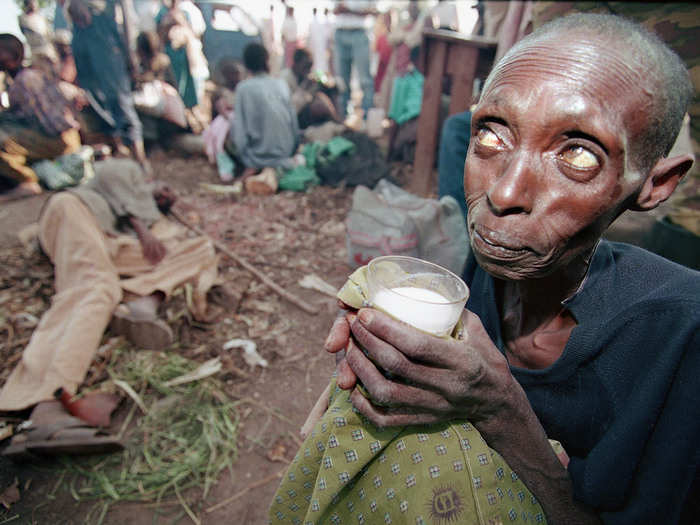
In this third of seven sequential photos that won Alan Diaz the Prize in 2001, Elian Gonzalez is discovered in a closet as government officials search the Miami home of Lazaro Gonzalez, Elian’s great-uncle, for the young boy in 2000. The 6-year-old Elian had recently defected from Cuba to the US where his extended relatives were petitioning for his asylum against the wishes of his Cuban father, creating a large controversy between Cuba and the US over custody and immigration rights.
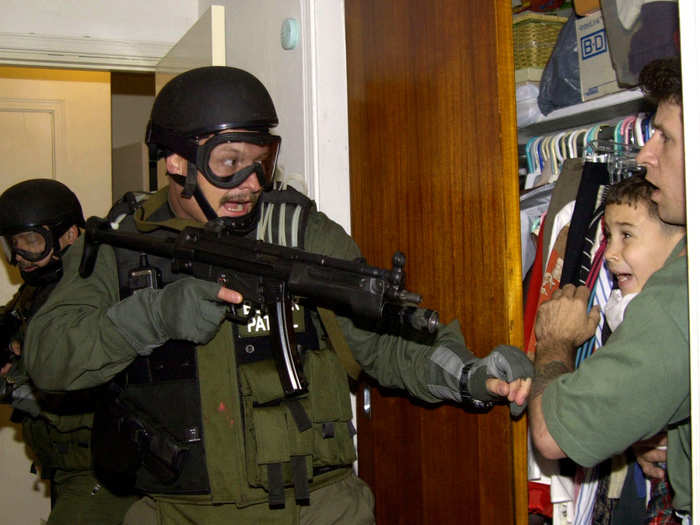
An Iraqi man celebrates atop of a burning U.S. Army Humvee in the northern part of Baghdad, Iraq. This photograph, taken by Muhammed Muheisen, was one in a portfolio of twenty taken by eleven different photographers throughout 2004 that won the Pulitzer Prize the following year.
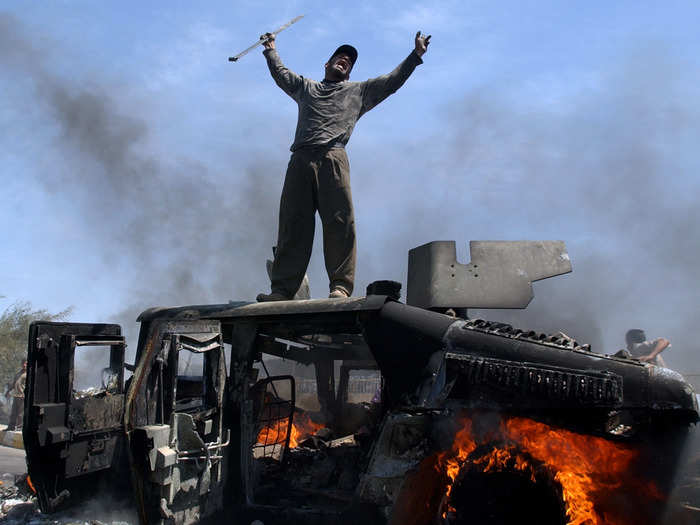
In this photo, taken by John Moore in 2004, a detainee in an outdoor solitary confinement cell talks with a military policeman at the Abu Ghraib prison on the outskirts of Baghdad. This photo was part of the same Prize-winning portfolio.
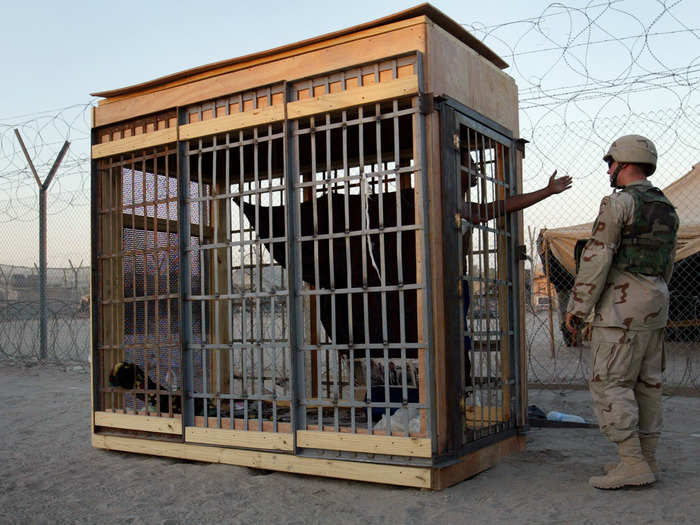
A lone Jewish settler struggles with an Israeli security officer during clashes that erupted as authorities evacuated the West Bank settlement outpost of Amona, east of the Palestinian town of Ramallah, in early 2006. This photo, taken by Oded Balilty, won a 2007 Pulitzer Prize.
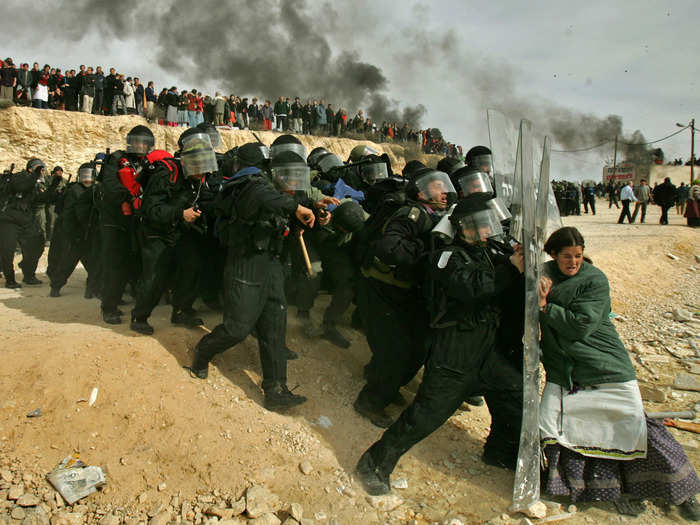
Reuters photographer Adrees Latif won the Pulitzer Prize for Breaking News Photography in 2008 for this picture of a Japanese videographer shot during a governmental crackdown on demonstrators in Myanmar. The reporter, Kenji Nagai, still attempted to videotape the violence as he lay injured after police shot him. Nagai would eventually die from his wounds.

A boy mourns during a funeral for his father, Abdulaziz Abu Ahmed Khrer, who was killed by a Syrian army sniper in in Idlib, northern Syria. This photo by Rodrigo Abd was part of a larger portfolio of images from Syria that won a Pulitzer Prize in 2012.
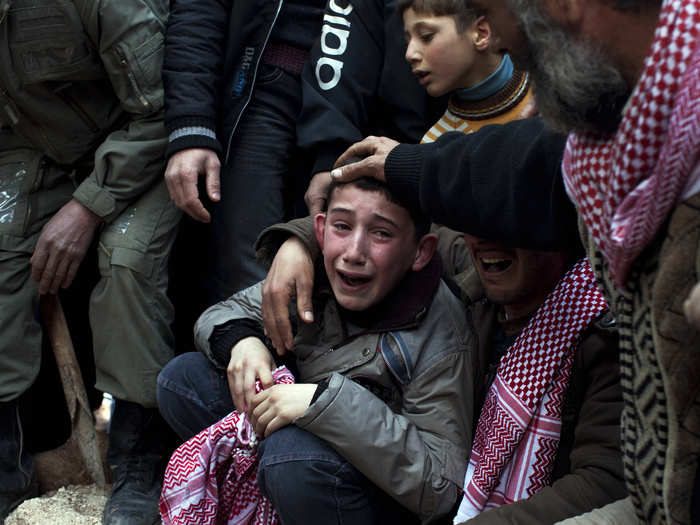
Want to see more striking and awe-inspiring photography?
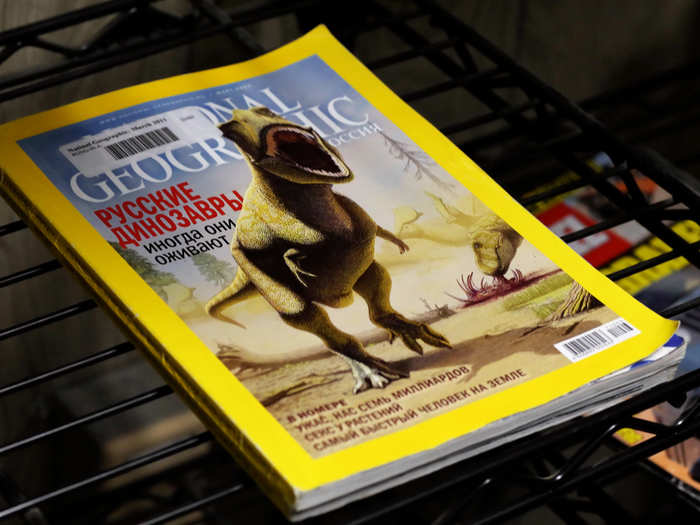
Popular Right Now
Popular Keywords
Advertisement